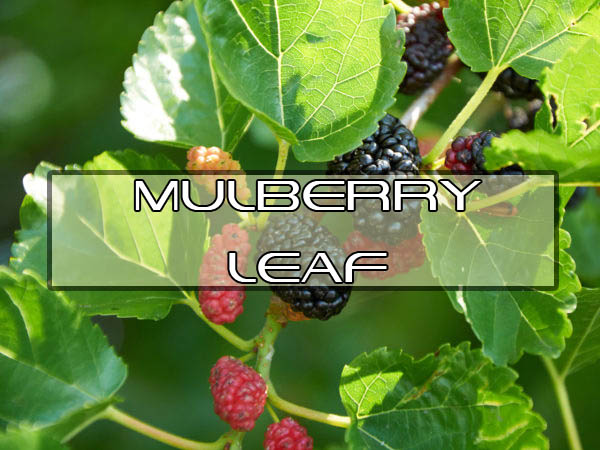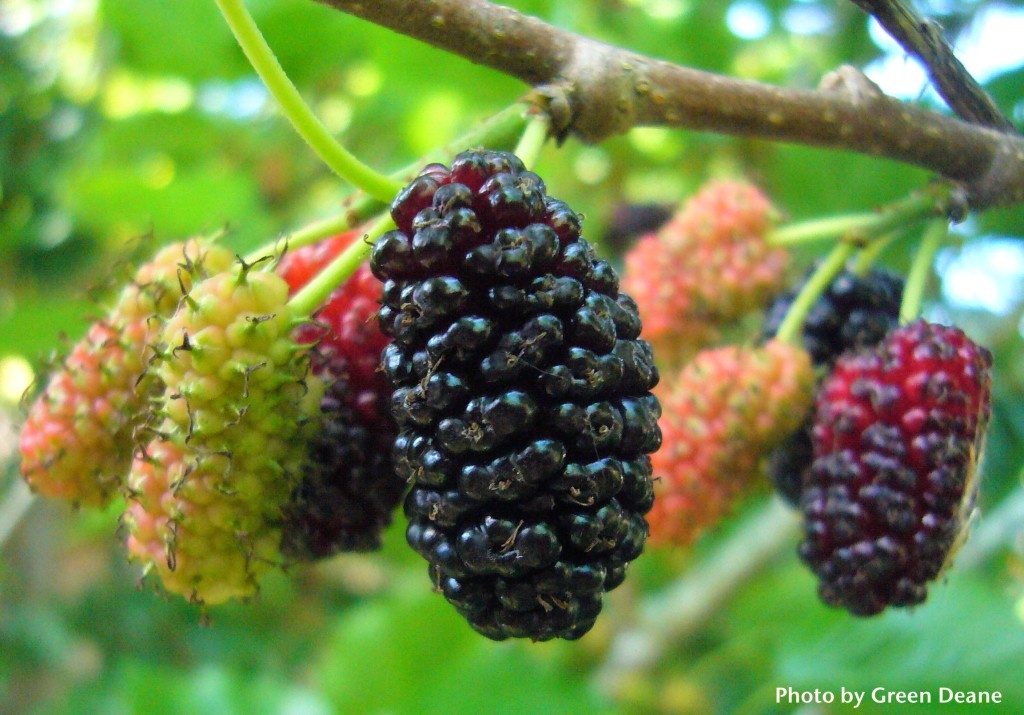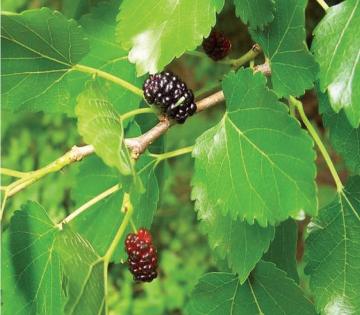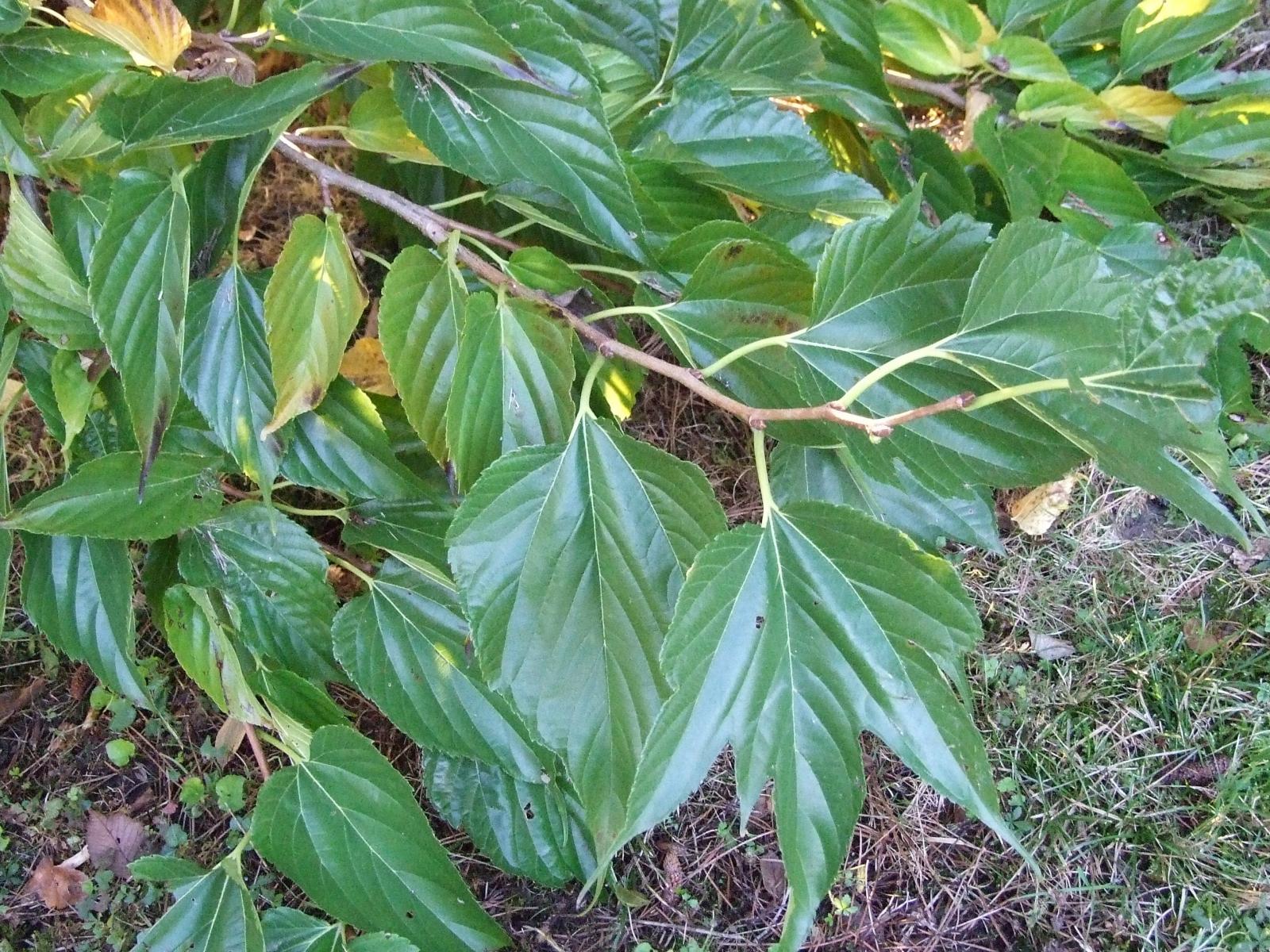Are Mulberry Leaves Poisonous To Cattle

Technique but in terms of digestible nutrients mulberry produces more than most traditional forages.
Are mulberry leaves poisonous to cattle. Other poisonous plants which are common in gardens and toxic to sheep and cattle include Oleander Azalea Castor Bean Tree Foxgloves Cestrum Camelia and many more. Storms can down branches putting otherwise unattainable tempting leaves within reach. Fresh leaves are unpalatable so livestock seldom eat hemlock when other feed is available.
All parts of poison hemlock--leaves stem fruit and root--are poisonous. Also be wary of garden clippings and trimmings that are put into a. Remember that many types of fruit tree leaves are toxic to livestock mostly ones from the Prunus family which includes.
Goats and cattle have different diets and preferences. Id heard about pine causing abortion in cattle too but hadnt heard of a specific variety so Ive just always avoided it with my cow. Mulberry leaves have a variety of culinary medicinal and industrial applications.
There are other trees that shed red leaves in the fall but the red maple has some distinctive features says Anthony Knight BVSc MRCVS who specializes in toxic trees and plants at Colorado State University. Red maple leaves have serrated edges and can turn either red or yellow in the fall. In the springtime emerging leaves may taste fresher to your horse than a dry hay bale.
The toxic compounds are coniine γconiceine and related piperidine alkaloids. This is a growing reference that includes plant images pictures of affected animals and presentations concerning the botany chemistry toxicology diagnosis and prevention of poisoning of animals by plants and other natural flora fungi etc. Cattle graze on mostly grass whereas goats prefer to browse and eat weeds brush tree bark etc.
Mulberry leaves have long been used in traditional medicine and are associated with several impressive health benefits. Plants Poisonous to Livestock and other Animals. And in the autumn leaves on the ground may be attractive to some horses.

Cattle graze on mostly grass whereas goats prefer to browse and eat weeds brush tree bark etc.
Are mulberry leaves poisonous to cattle. Leaves are especially poisonous in spring up to the time the plant flowers. Cattle and horses are the main victims of poisoning by wild cherry trees. Peaches nectarines apricots plums cherries almonds Even wilted or fallen leaves can be toxic if eaten in large amounts so its safest not to.
The leaves can be used as supplements replacing concentrates for dairy cattle as the main feed for goats sheep and rabbits and as in ingredient in monogastric diets. Fresh leaves are unpalatable so livestock seldom eat hemlock when other feed is available. And in the autumn leaves on the ground may be attractive to some horses.
Summer leaves autumn acorns Excessive amounts of green acorns or spring leaves approximately 50 of their diet can be toxic but once matured oak leaves are a nutritious and beneficial stock food and are known to bind up runny manure caused by lush grass. Goats and cattle have different diets and preferences. The poison becomes harmful when the leaves are exposed to stress that causes them to wilt.
Storms can down branches putting otherwise unattainable tempting leaves within reach. Red maple leaves have serrated edges and can turn either red or yellow in the fall. There are other trees that shed red leaves in the fall but the red maple has some distinctive features says Anthony Knight BVSc MRCVS who specializes in toxic trees and plants at Colorado State University.
Remember that many types of fruit tree leaves are toxic to livestock mostly ones from the Prunus family which includes. This unique tree leaf. Id heard about pine causing abortion in cattle too but hadnt heard of a specific variety so Ive just always avoided it with my cow.
Sometimes its simply not practical to cut all the trees down that may be toxic. In the springtime emerging leaves may taste fresher to your horse than a dry hay bale. Also be wary of garden clippings and trimmings that are put into a.

Also be wary of garden clippings and trimmings that are put into a.
Are mulberry leaves poisonous to cattle. Goats and cattle have different diets and preferences. Id heard about pine causing abortion in cattle too but hadnt heard of a specific variety so Ive just always avoided it with my cow. In the springtime emerging leaves may taste fresher to your horse than a dry hay bale.
Fresh leaves are unpalatable so livestock seldom eat hemlock when other feed is available. The toxic compounds are coniine γconiceine and related piperidine alkaloids. Mulberry leaves have long been used in traditional medicine and are associated with several impressive health benefits.
Sometimes its simply not practical to cut all the trees down that may be toxic. The wilted leaves of red maples can be quite toxic to horses but I dont know if they are a problem for cattle or goats. There are other trees that shed red leaves in the fall but the red maple has some distinctive features says Anthony Knight BVSc MRCVS who specializes in toxic trees and plants at Colorado State University.
Storms can down branches putting otherwise unattainable tempting leaves within reach. Keeping Livestock Safe from Poisonous Plants. Mulberry leaves have a variety of culinary medicinal and industrial applications.
This unique tree leaf. This is a growing reference that includes plant images pictures of affected animals and presentations concerning the botany chemistry toxicology diagnosis and prevention of poisoning of animals by plants and other natural flora fungi etc. All parts of poison hemlock--leaves stem fruit and root--are poisonous.
Other poisonous plants which are common in gardens and toxic to sheep and cattle include Oleander Azalea Castor Bean Tree Foxgloves Cestrum Camelia and many more. Cattle and horses are the main victims of poisoning by wild cherry trees. Remember that many types of fruit tree leaves are toxic to livestock mostly ones from the Prunus family which includes.







